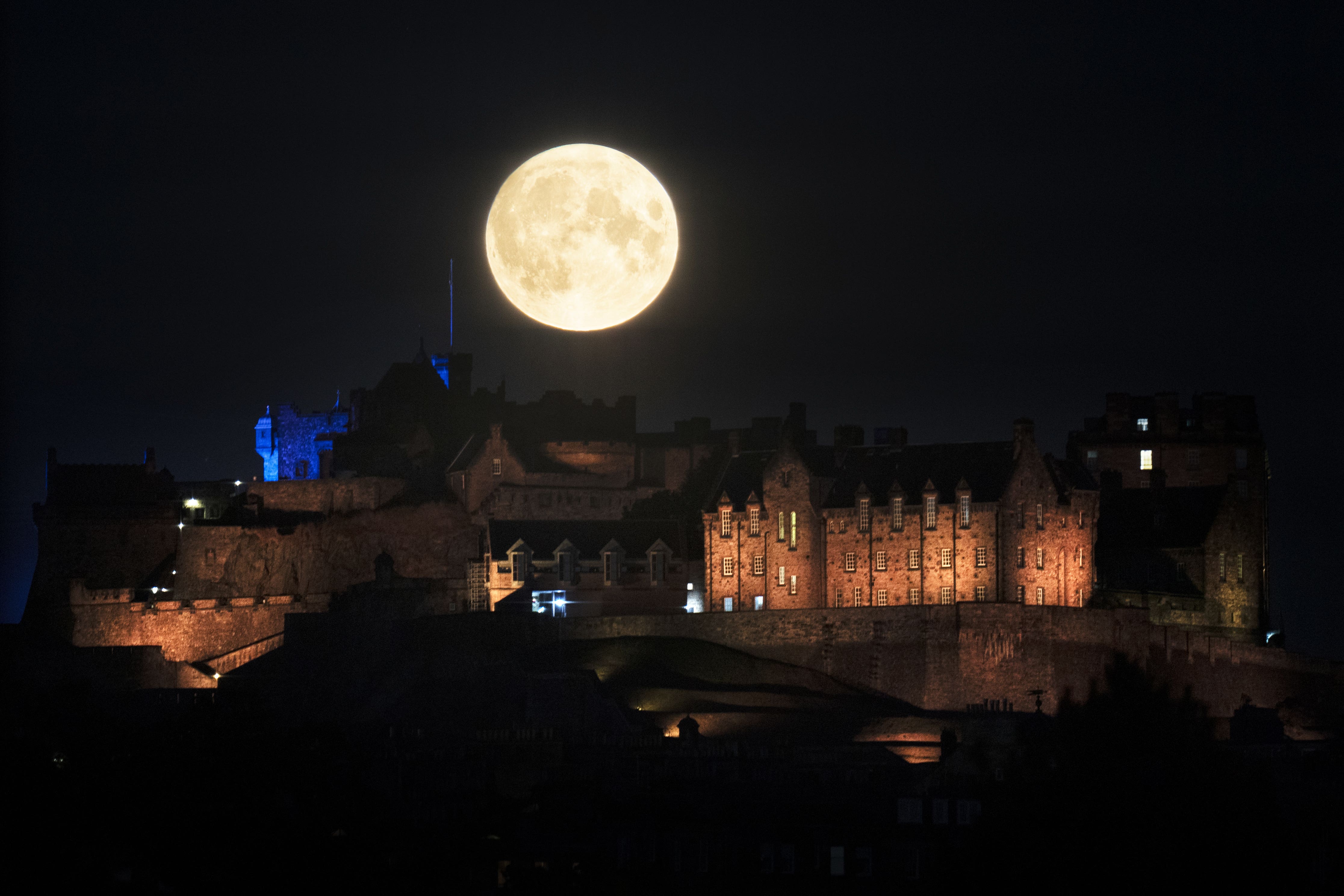Sturgeon Moon: August’s first supermoon set to delight skygazers
The moon on Tuesday is expected to appear about 15% bigger than a normal full moon and 30% brighter.

Your support helps us to tell the story
From reproductive rights to climate change to Big Tech, The Independent is on the ground when the story is developing. Whether it's investigating the financials of Elon Musk's pro-Trump PAC or producing our latest documentary, 'The A Word', which shines a light on the American women fighting for reproductive rights, we know how important it is to parse out the facts from the messaging.
At such a critical moment in US history, we need reporters on the ground. Your donation allows us to keep sending journalists to speak to both sides of the story.
The Independent is trusted by Americans across the entire political spectrum. And unlike many other quality news outlets, we choose not to lock Americans out of our reporting and analysis with paywalls. We believe quality journalism should be available to everyone, paid for by those who can afford it.
Your support makes all the difference.Skygazers across the UK are set to catch a glimpse of a bigger and brighter moon on Tuesday night, known as the supermoon.
August’s full moon is known as the Sturgeon Moon, stemming from the increase in sturgeon fish in North American lakes at this time of year.
The lunar spectacle is expected to be visible at dusk on August 1, when the moon is at its closest point to Earth.
This is because the moon orbits the Earth in an elliptical shape and its distance away varies over time.
Don Pollacco, professor of physics at the University of Warwick, said: “Supermoons occur when the moon is closest to the Earth.
“Consequently, the moon can look bigger (10-15%) and brighter (25-30%).
“One thing to note, though, is that when the full moon is rising it can look bigger than normal.
“This is partly due to the Earth’s atmosphere and also an optical illusion, such as seeing the moon next to trees.”
Rising in the east at a distance of about 226,000 miles (363,300 km), the supermoon will be visible shortly after sunset.
Prof Pollacco said: “To see the supermoon, look east after sunset and if you have a clear horizon, it should be obvious.
“The moon is so bright that we can see it when it’s not particularly dark or even if the weather isn’t particularly clear.
“It will be visible all night and set in the west around sunrise.”
A second supermoon will rise later this month, on August 30.
Prof Pollacco said: “The moon’s orbital period around the Earth is 29.5 days (so) two full moons are possible in a normal month.
“The second one is called a Blue Moon and give rise to the expression we use to express rarity in events.”